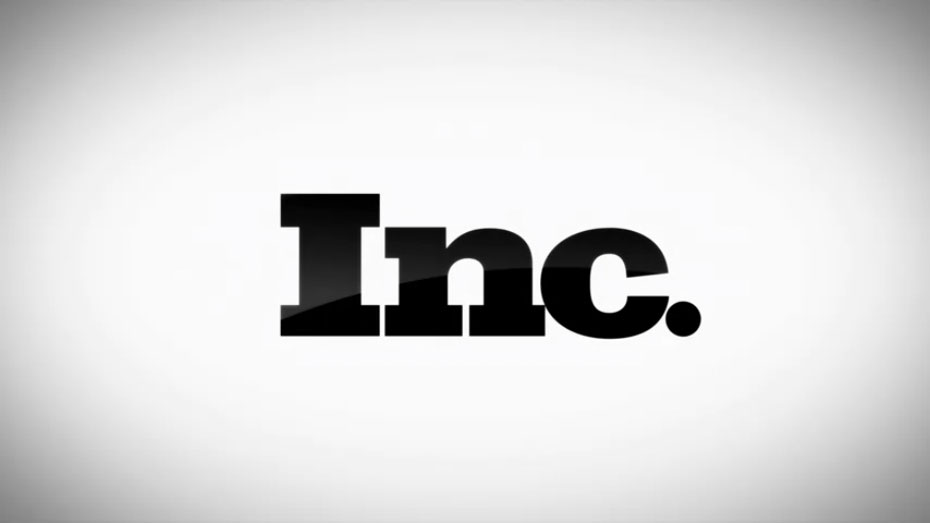5 Things You Didn’t Know Recruiters Look For on Your Resume
Looking for a job in 2020? Read this.

Looking for a job can be exciting. It can also feel intimidating, draining, and vulnerable. You’re putting yourself out there, “selling” yourself, trying to convince others of your value.
Like dating, your mindset can swing drastically from day to day, from “I’ve got this!” to, “This is never going to happen. No one is ever going to want me ever again.”
It doesn’t help that a job search is often compounded by financial pressure. You may have limited savings and a definite need to find a new position quickly.
Wherever you are in the process, it’s important to remember that no matter how you feel, you are capable and resourceful. This is doable. You’re simply looking for a way to contribute in the world … and there are hiring managers out there right now looking for someone just like you.
Here are a few things those recruiters and hiring managers look for:
1. Keywords
You already know recruiters look for keywords, but probably not just how much. As career transformation coach Pat Nunno Roque points out, “Nearly 75% of resumes are rejected because they’re not correctly ATS (Applicant Tracking System)-formatted or keyword-optimized.”
Read that again–almost 75 percent of resumes are rejected right off the bat because they don’t have the right formatting and keywords.
The solution? Make sure your resume has the right keywords for the industry. If you’re working with a career coach or professional resume editor, ensure this is part of their service. If you’re doing it yourself, run your resume through tools like Jobscan or ZipJob to make sure you’ve got the right keywords in there.
2. The connection between your resume and your LinkedIn profile
I’ve been guilty not aligning this in the past. In my haste to send out resumes, I’ve forgotten to scan and edit my LinkedIn profile to ensure that it matches.
The resume you send out needs to sync with information on your LinkedIn profile–they need to tell the same story.
One of the first things a recruiter will do is look at your LinkedIn profile, and they like to see the same companies or organizations you mentioned on your resume, as well as the same kind of story. If you’re applying for marketing positions, you should have at least one of those up there, and the bullet points on it should match what you’re putting on your resume.
3. Pedigree (not)
Most people think recruiters and hiring managers care deeply about where you went to school. Sure, it looks good if you went to an Ivy League school–but that’s not what most recruiters are looking for.
Recruiters and hiring managers want to know you can do the job. Period. It’s far more important to them that they see a story of growth and contribution on your resume than that you attended a specific school.
For example, a recruiter for Accenture said that when recruiting for a software engineering position in a past role, she was more interested in people who’d graduated from coding bootcamps than those with a BS in Computer Science from a prestigious college.
Why? In part because the coding bootcamp people (especially if they’d graduated recently) were more likely to be up-to-date in terms of their knowledge base. But also because a college degree doesn’t matter as much to a recruiter as whether you can do the job they need to fill.
(It’s worth noting that this came up during a conversation with a friend who wants to transition from massage therapy into software engineering and was thinking of going back to school for software engineering. “Don’t do that,” advised our mutual friend, the recruiter. “Save yourself the time and money and just go to a good coding bootcamp.”)
4. Interesting hobbies
Recruiters get bored scanning thousands of resumes. It’s fun for them to see your unique hobbies and/or interests (and interesting to discuss in an interview).
Don’t go crazy discussing your passion for chinchillas; but don’t be afraid to leave a line or two at the end of your resume to drop in a few of your interests.
5. How you improved processes
According to Laszlo Bock, Google’s SVP of People Operations, one of the easiest ways to make your resume stand out is to use a simple 3-step process when crafting bullet points on your resume.
The point of the process is to help you to clearly tell the story of how you generated change or impact in your organization. The more specific you are–especially in terms of numbers and percentages–the better.
—
Remember: This is doable.
Now get out there and do it.
We’re LIVE with Pat Roque from Shark Tank continuing our debate on how to get the job.
This 1 Question Will Completely Transform Your Networking
It’s fun to ask and answer.

It’s easy to dread networking events.
The endless “So what do you dos?”; the stress of meeting new people; the awkward moment when neither person knows what to say; the light hors d’oeuvres when what you really want is an actual meal.
The fact is networking is still important. Really important. It accounts, for example, for people getting a full 46 percent of new jobs. To put that into perspective, the next runner-up is job boards, which account for just 25 percent of successful new employment.
Anything–and I do mean anything–that can make networking less painful and more fun is welcome in my world. And this past month, fellow Inc. columnist Chris Winfield presented a question that helps quite a bit.